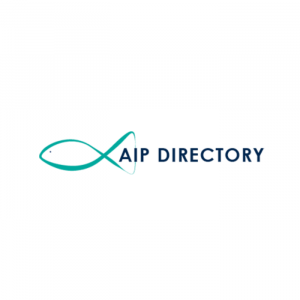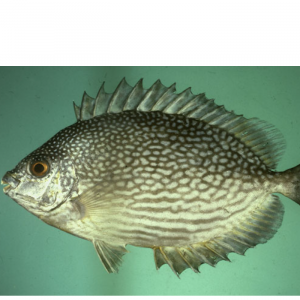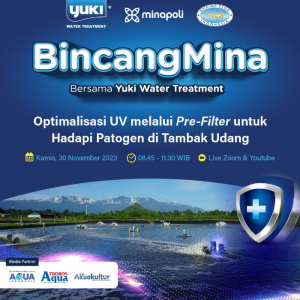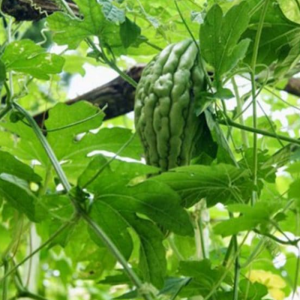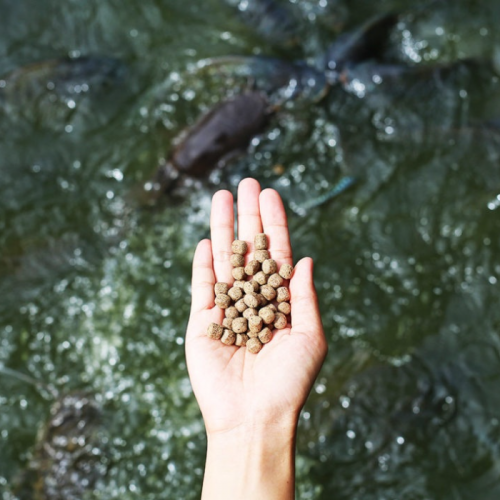
Nutrition for Aquatic Animals and Related Problems
| Tue, 29 Dec 2020 - 14:04
The nutritional composition in aquatic feed is basic: Protein and amino acids, lipids and fatty acids, carbohydrates, vitamins. This is an important factor for the health of fish and shrimp and also plays an important part in the success of the farming model.
Protein and amino acids
Protein is the main organic matter component of aquatic animals, accounting for about 60-75% of the body weight (Halver, 1988). Protein has a very complex structure, in the chemical composition of protein contains: carbon (50-55%), oxygen (22-26%), nitrogen (12-19%), hydrogen (6-8%). Although they are very different in structure, function, chemical composition, size, ... but when hydrolyzed they all decompose into amino acids.
The main job of protein is to build the structure of the body. Protein in food provides amino acids through digestion and hydrolysis. The percentage of basic protein in the diet, is controversial in this study. Percentage based on studies varied from 25% to 55% of serving (Lovell, 1991 and Roberts, 2010). In addition to its primary function, protein is also a source of amino acids. Amino acids are involved in the production of specific proteins with high biological activity (hormones, enzymes) and the process of direct energy formation or accumulation in the form of glycogen or lipid. In the digestive tract, amino acids are absorbed into the bloodstream and go to tissues, organs, and participate in protein biosynthesis of the body, serving the growth, reproduction and maintenance of the body. .
If the diet provides enough protein for the fish, it will lead to slow growth, or stop growth, and possibly even weight loss. On the other hand, if the amount of protein in the feed exceeds the need, only one part is used to make the new protein, the rest will be converted to energy, which will increase the cost of unnecessary food. . Therefore, scientists are very attentive and have studied the protein and amino acid requirements of both fish, starting from the 50s, up to now, most of the cultured species are important and widely distributed around the world. has been studied in this area.
Also read: Why Need to Add Minerals to Fish and Shrimp Feed?
Lipids and fatty acids
Lipids are one of the basic biochemical components of plants and animals. The ingredients of food that are often studied are proteins, lipids, glucides and some vitamins. In which lipids play an important role as a source of energy (8- 9 kcal / gram) and fatty acids necessary for the growth and development of aquatic animals. Dietary lipids also act as carriers of oil-soluble vitamins and sterols. In addition, in the lipid composition, there are phospholipids and sterol esters involved in the biosynthesis of cell membranes.
With such an important role of lipids, lipids are now an issue that is being studied to improve the quality of feed for aquatic animals. Aquatic animals have been announced and applied in practice with high efficiency. Many studies show that lipids have a great influence on the growth of aquatic animals, especially in the larval and breeding stages. At the maturing stage, the feed is supplemented with appropriate lipid source will improve the reproductive power of aquatic animals as well as the quality of breed.
For ornamental fish species (eg koi and goldfish), due to captivity in the tank, energy is consumed. If the amount of food fed is too much, the amount of fat will accumulate on the fish's body, causing deformations on the body and adversely affecting the health of aquatic animals.
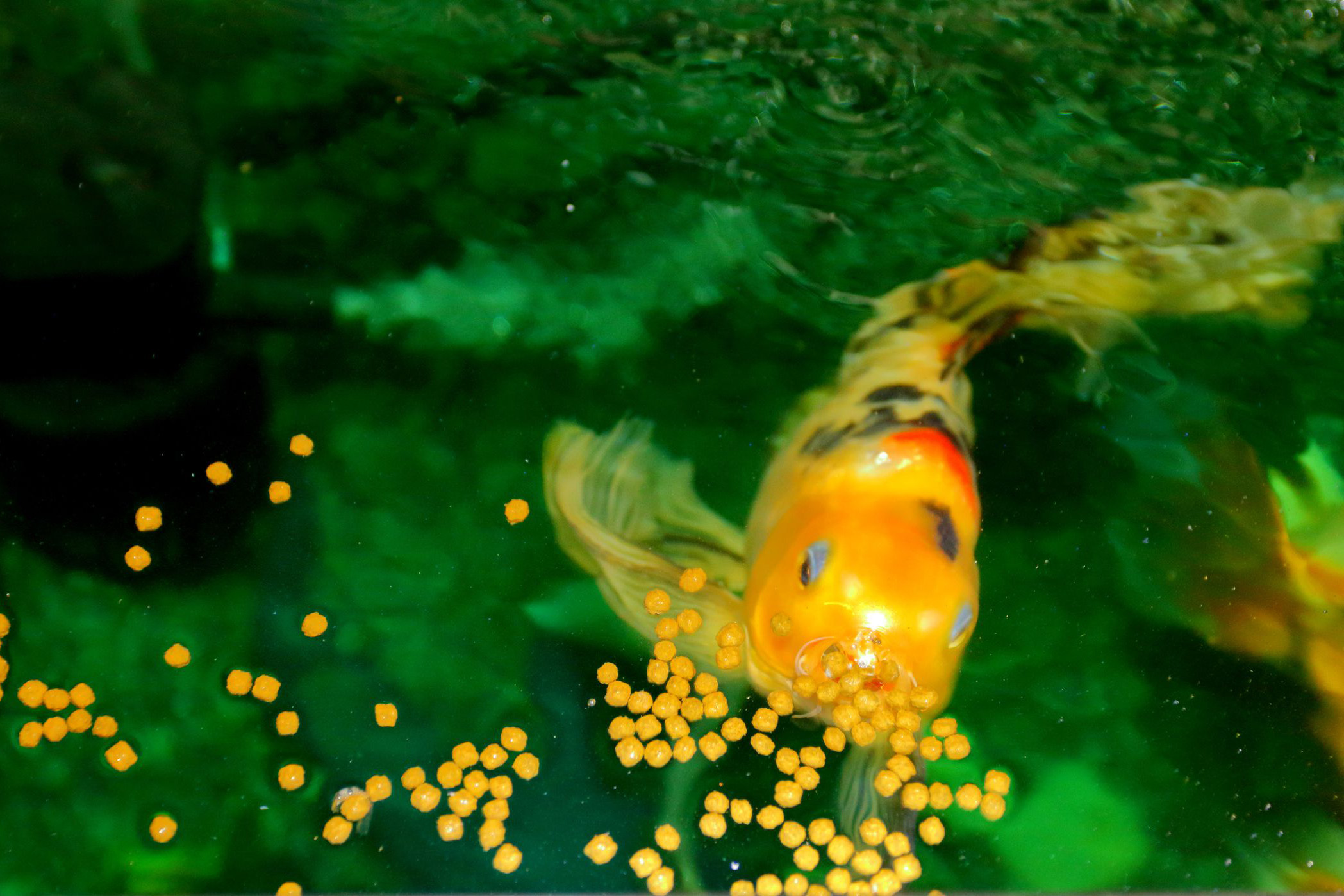
Overfeeding overfeeding easily leads to "obesity" in goldfish.
Also read: Effective Preservation and Use of Shrimp Feed
Carbohydrate
Carbohydrates are considered as the main source of energy for all activities of the body and the cheapest for aquatic animals. In the diet when carbohydrates are increased, the breakdown of lipids and proteins in the body will decrease, the main energy is provided by carbohydrates. Hence carbohydrates are considered to be a shared source of energy for proteins and lipids.
The ability to digest carbohydrates is highly dependent on the molecular weight and junction structure of carbohydrates. Simple sugars are easier to digest than poly and sugar-free sugars such as starch, dextrin. Simple sugars can be absorbed directly through the intestinal wall while the other groups have to go through digestion, especially this process is slow in aquatic animals. When the hydrolysis of starch leads to an increase in the digestibility of starch, so, cooking or starching improves the digestibility of starchy foods. Fish and most aquatic animals do not have a β-1,4 hydrolysis enzyme, so the digestion of cellulose is almost negligible. Some reports suggest that the gut microbiota of some fish species is able to hydrolyze cellulose in fiber.
Chitin, which is a polymer of N-acetyl glucosamine units while chitosan is composed of glucosamine units, is considered to be an important nutrient by some animal-eating fish, especially fry and fry. This source comes from the natural food of Artemia and Dapnhia or other crustaceans.
Also read: Combining Yucca Extract and Yeast in Tilapia Farming
Vitamin
Vitamins play an important role in the nutritional composition of aquatic animals. The role and vitamin requirements of animals were really interested when intensive aquaculture was introduced. Compared to the main nutritional ingredients in food such as protein, lipids and carbohydrates, vitamins account for a very small amount of 1-2% in the food. However, vitamins play a decisive role in the body's metabolism and can cost up to 15% of the diet.
Most vitamins play a special role as a co-enzyme or agents that support enzymes to carry out biochemical reactions in the organism. Vitamins act as agents of oxidation reactions, transferring electrons from organic compounds to receptors such as oxidizing organisms. Co-enzymes in the formation of red blood cells and nerve cells and precursors of hormones.
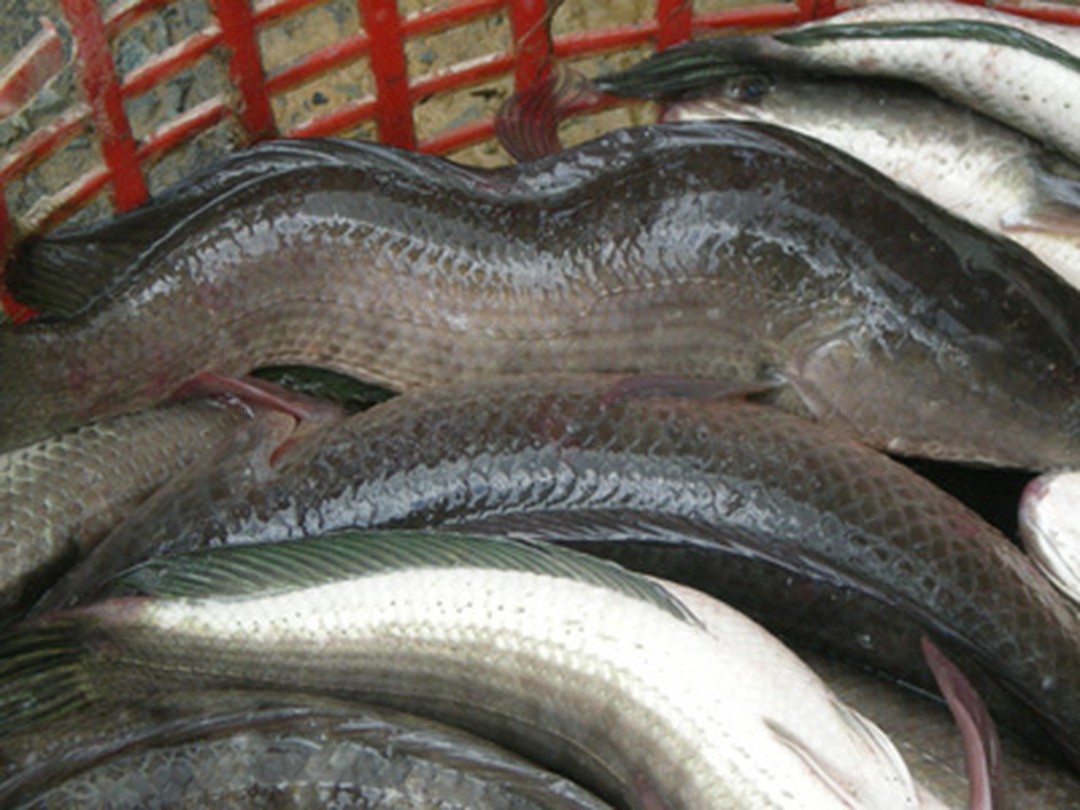
Snakehead fish humpback due to lack of food in the diet, but mainly lack of Vitamin C.
Vitamin requirements for aquatic animals have been studied by some authors and set the appropriate level for some aquatic animals. However, vitamin requirements are influenced by many factors: the size and development stage of the cultured species, factors of the culture environment, the interaction with other nutritional components and especially the processing process. variable and preserve.
Many research results show that aquatic animals do not have the ability or the ability to synthesize very little, not enough to meet the needs, so the provision of vitamins in food for aquatic animals is very necessary. Aquatic animals that do not have adequate vitamin intake will grow slowly, have low survival rates, have poor tolerance to environmental changes, and are susceptible to disease. Some pathological signs of vitamin deficiency in aquatic animals have been recorded such as: hemorrhage, deformity, skull fracture in fish, black body in shrimp













